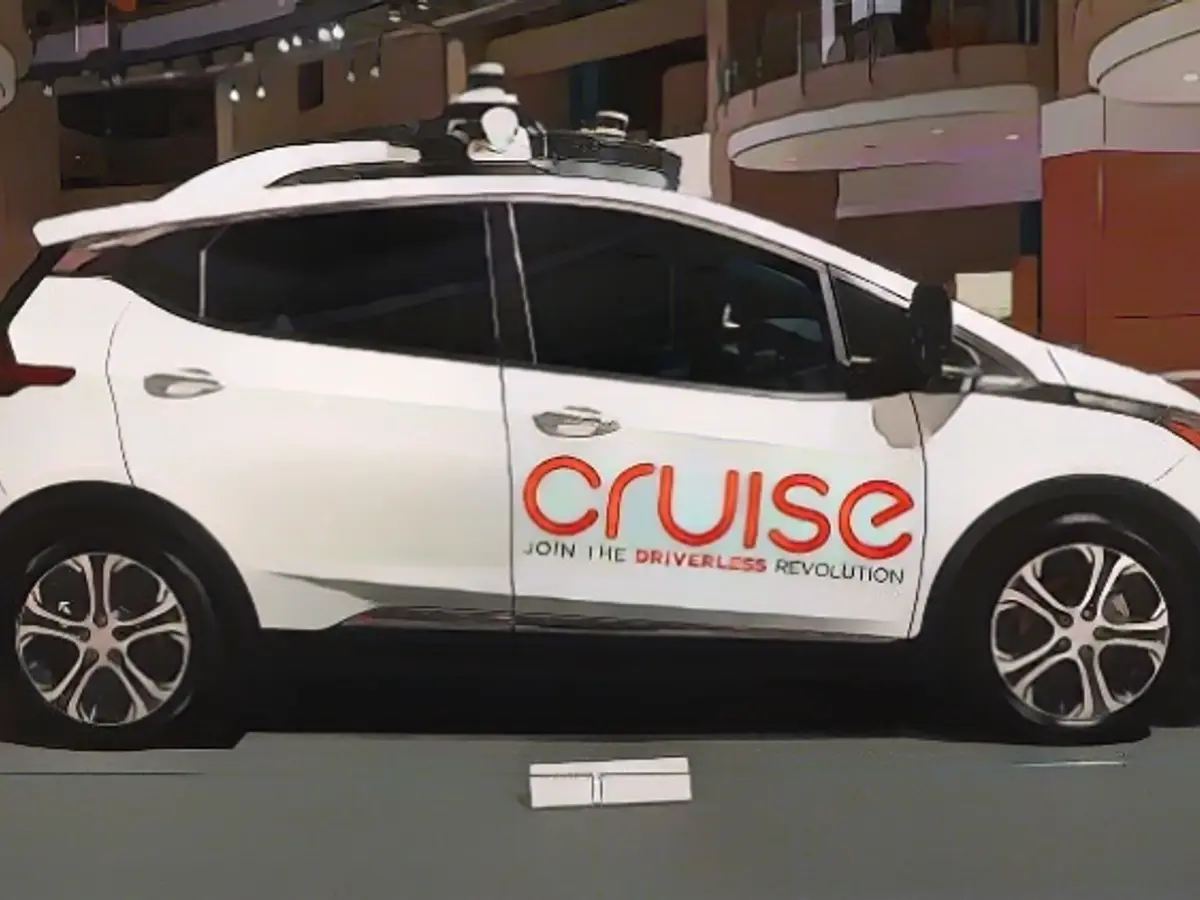Cruise Upsizes Unfortunate Cuts
The aftermath of a San Francisco mishap involving a Cruise robotaxi signals a surge in hardships: The company halts aspirations for growth and pauses the rollout of its very own vehicle. Consequently, a substantial chunk of employees now finds themselves jobless.
Cruise, the autonomous driving company that hit a snag post-accident, is trimming its staff by nearly half. General Motors’ subsidiary halted its services a month ago and scrapped far-reaching expansion plans. The layoffs will affect around halfway through all full-time employees, primarily in non-technical roles, as per an employee email.
Early October saw a self-driving Cruise car collide with a pedestrian who had earlier been struck by another vehicle with a human driver. The pedestrian was subsequently dragged under the autonomous car, which then continued to pull her for six meters while traveling at over eleven kilometers per hour.
The Cruise cars are programmed to pull over to the side of the road in specific circumstances to avoid traffic disruptions. Despite the woman being trapped beneath the self-driving car, the software opted to execute this particular procedure. The California transportation authority's report regarding the incident confirmed this.
Delayed Debut of the "Origin" Robotaxis
In light of these events, Cruise has decided to postpone the 2022 launch of its autonomous vehicles, the “Origin” robotaxis, devoid of steering wheels and pedals. Instead, the company will rely on modified Chevy Bolt electric vehicles for its operations. Cruise plans to resume operations in San Francisco while exploring the possibility of re-entering other cities at a later date.
San Francisco had served as a significant testing ground for self-driving taxis since last year. Not only did Cruise gain permission to test its autonomous vehicles in the city but so did Alphabet's Waymo. Waymo was given the green light in the summer to expand its driverless services across the entire city, despite local opposition. Waymo was permitted to continue offering its taxi service without any human intervention, showcasing the city's commitment to autonomous vehicle technology.
Note: Cruise did not dismiss approximately 24% of its workforce; it actually let go of nearly half of its employees to align with the company's new strategic focus and resource needs. General Motors announced it would pull financing for Cruise's robotaxi business in December 2024 and shift its focus towards developing personal autonomous vehicles[1][3][5].
Sources:
- , ,




